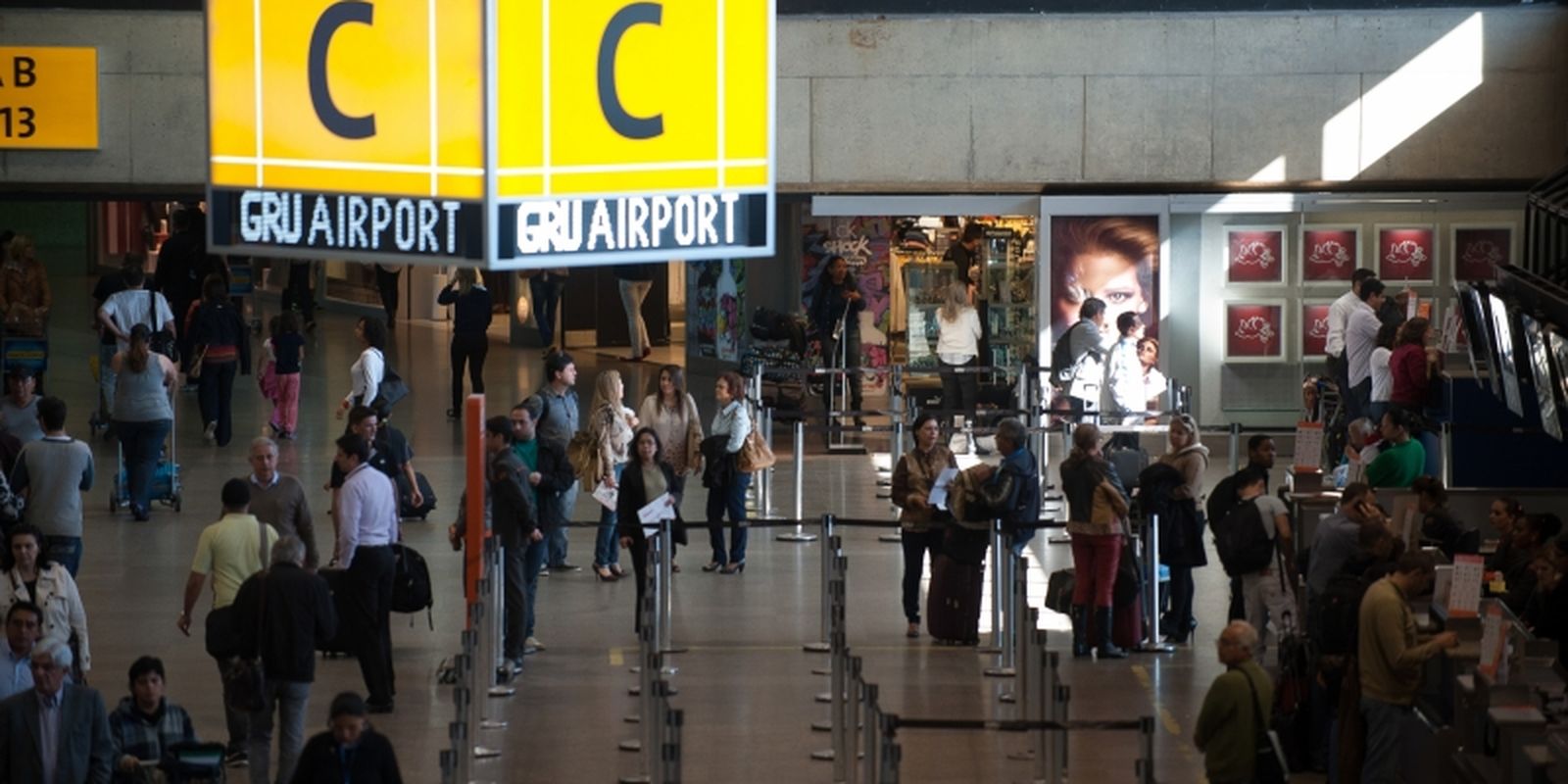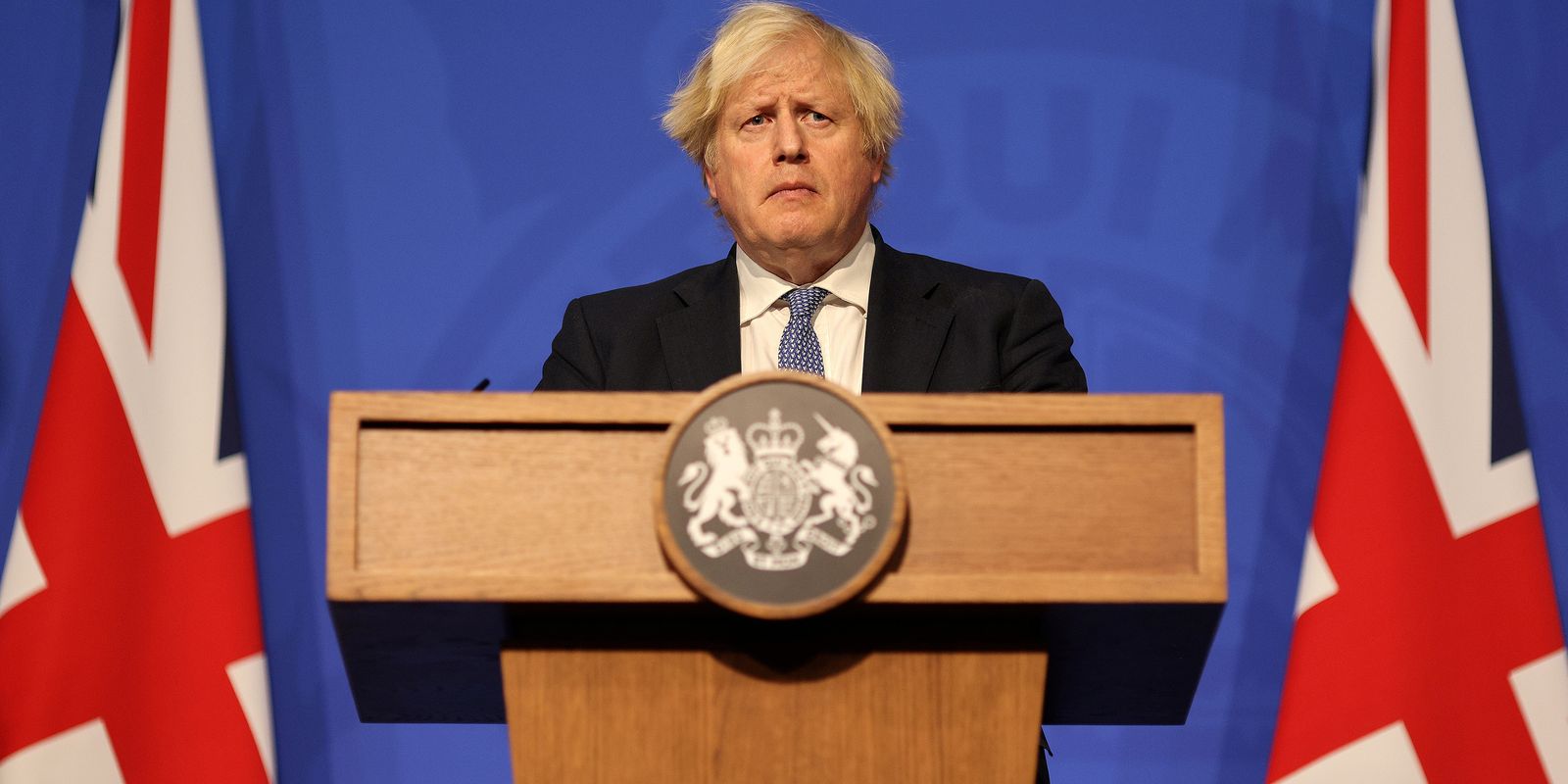- Sean Coughlan
- Education Correspondent
Canada rises to the top of international education rankings
In debates about the best education systems in the world, the most cited names are often Nordic countries like Norway and Finland, or powers like Singapore and South Korea.
Although much less known, Canada has risen to the top of international rankings.
In the most recent round of examinations by the Program for International Student Assessment (PISA) of the OECD (Organization for Economic Co-operation and Development, an entity that brings together developed countries), Canada was among the ten leading countries in math, science and reading comprehension.
The tests are the largest international study of academic achievement and show that young people in Canada are among the best educated in the world.
They are one step ahead of their neighbors like the United States and European countries with which they have cultural ties, such as the United Kingdom and France.
Canada also has the highest proportion of working-age adults with a tertiary education – 55%, compared to an average of 35% for OECD countries.
immigrant students
Canada’s success in school tests is unusual by international trends.
The most successful countries are often small, with homogeneous and cohesive societies and with every element of the education system embedded in a national strategy – as in Singapore, which has been used as an example of systematic progress.
Canada has been far more successful than its neighbour, the United States.
Canada does not even have a national education system, the organization being based on autonomous provinces. And it’s hard to imagine a greater contrast between a city-state like Singapore and a country of continental dimensions like Canada.
In an attempt to understand Canada’s success in education, the OECD has described the role of the federal government in the sector as “limited and sometimes non-existent”.
It is also well known that Canada has a high number of immigrants in its schools. More than a third of young people in Canada have both parents from another country.
Children from newly arrived immigrant families are integrating at a fast enough rate to be on par with their classmates.
Welcoming ceremony for new Canadian citizens; Immigrant students reach the level of locals in a short time
When the latest OECD ranking is analyzed in detail, Canada’s regional results are even more impressive.
If the provinces entered the test as separate countries, three of them (Alberta, Quebec and British Columbia) would be in the top five for science, along with Singapore and Japan and ahead of places like Finland and Hong Kong.
After all, how has Canada outperformed so many other countries in education?
Andreas Schleicher, director of education at the OECD, says what unites the country’s diverse education systems is equality.
Despite several differences in education policies, a common feature across all regions of the country is the commitment to providing equal opportunity in school.
Schleicher says there is a strong sense of balance and equality of access – which is seen in the good educational outcomes of immigrant children.
Up to three years after their arrival in the country, immigrant students obtain grades as high as those of their peers. This makes Canada one of the few countries where immigrant children reach a level similar to that of non-immigrants.
Another distinguishing feature is that teachers are highly paid by international standards – and entry into the profession is highly selective.
David Booth, a professor at the Institute for Studies in Education at the University of Toronto, points to strong grassroots investment in literacy.
Systematic efforts have been made to improve literacy, hiring well-trained educators, investing in resources such as school libraries, and assessments to identify schools or students who may be struggling.
John Jerrim of the UCL Institute of Education in London says Canada’s strong performance in international rankings reflects the country’s socio-economic homogeneity.
The country is not a nation of extremes. On the contrary, their results show a high average, with little difference between the most advantaged and the least advantaged students.
Canada pays teachers high salaries compared to the international average
In the most recent PISA, the OECD exam, the variation in scores caused by socioeconomic differences among Canadian students was 9%, compared to 20% in France and 17% in Singapore, for example.
The more equal results explain why Canada does so well in international examinations. The country does not even have a residual share of students who perform poorly, which is usually linked to poverty.
It is a coherent system. In addition to the small difference between rich and poor students, there is also very little variation between different schools compared to the average for developed countries.
According to Professor Jerrim, the high number of immigrants is not seen as a potential barrier to passing exams – the fact is probably one of the ingredients of good results.
Immigrants living in Canada, many of whom come from countries such as China, India and Pakistan, are relatively well-educated and have ambitions to see their children become successful professionals.
The expert says that these families are “hungry to succeed”, and that their high expectations are likely to influence their children’s academic performance.
Professor Booth of the University of Toronto also cites this fact. “Many families new to Canada want their children to succeed, and the students are motivated to learn,” he says.
This has been an exceptional year for education in Canada. Universities are taking advantage of the “Donald Trump effect”, with a record number of applications from students who see Canada as an alternative to the United States after the election of the current president.
The Global Teachers Prize winner is also Canadian – Maggie MacDonnel is using the award to campaign for Indigenous student rights.
In the year it celebrates its 150th anniversary, Canada claims education superpower status.

“Freelance communicator. Hardcore web practitioner. Entrepreneur. Total student. Beer ninja.”







